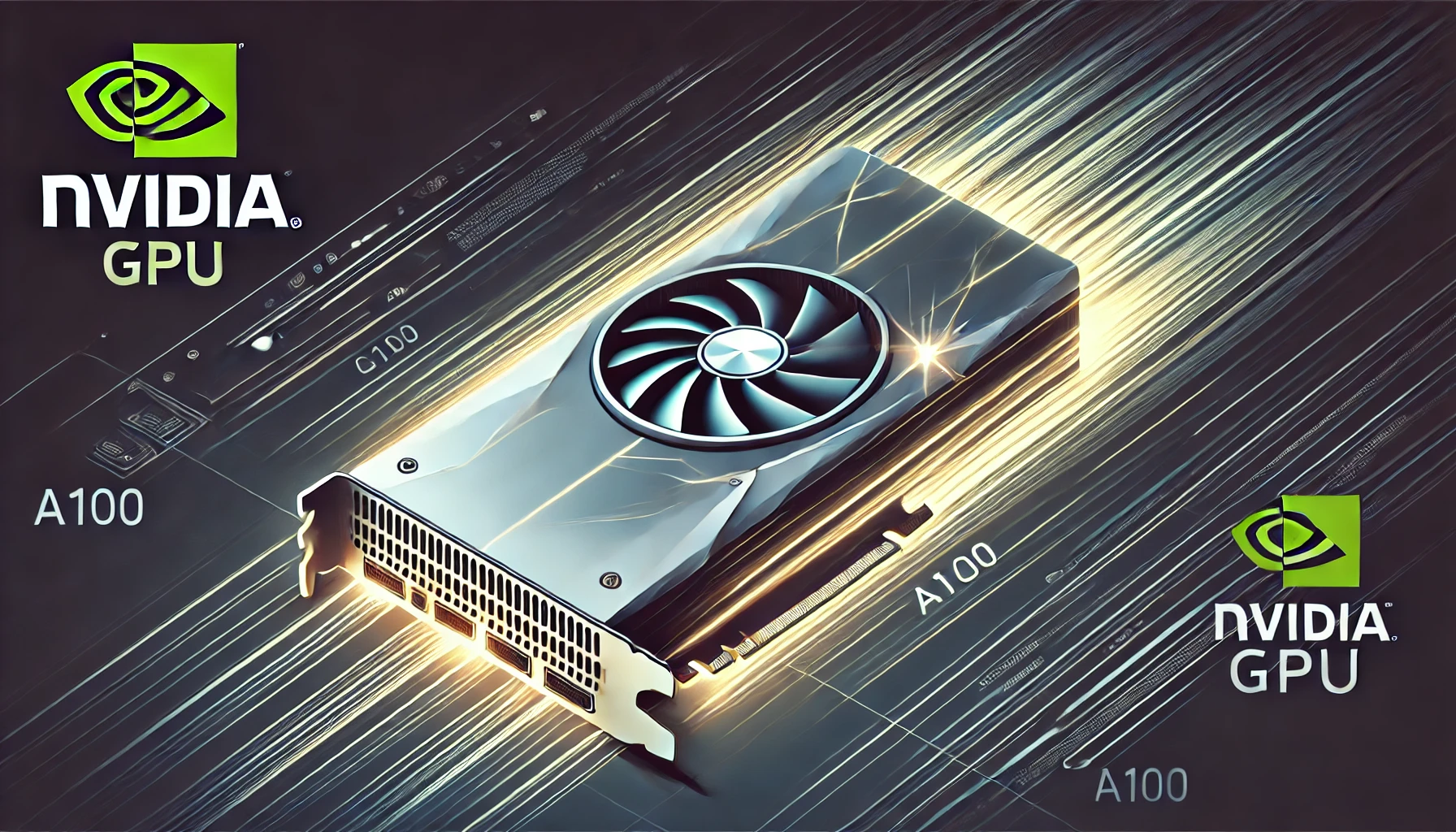In the world of PyTorch and deep learning, GPU acceleration is king. One of the most powerful tools to leverage GPU performance is CUDA, and that’s where torch_cuda_arch_list comes into play. Today, we’ll dive into the fascinating world of torch_cuda_arch_list 7.9—a simple yet essential setting that can make or break your GPU-based machine learning project. So grab a snack, get comfy, and let’s break this down in an easy, humorous, and informative way.
What is torch_cuda_arch_list?
Before we delve into the mysterious “7.9,” let’s start by understanding what torch_cuda_arch_list even means. Simply put, this is an environment variable in PyTorch that tells your code which versions of CUDA (the parallel computing platform developed by NVIDIA) your GPU supports.
Think of CUDA as the secret sauce that helps your graphics card process deep learning tasks at lightning speed. PyTorch uses this to know which GPU “architecture” it’s working with, like a chef knowing what kitchen tools are available before cooking a meal.
Why is CUDA Architecture Important in PyTorch?
Imagine trying to run the latest 3D video game on a 1990s computer. Spoiler: it won’t end well. Similarly, trying to run a deep learning model without the right GPU architecture leads to sluggish performance and frustrating errors.
CUDA architecture is important because it helps optimize your code to run on specific hardware. By telling PyTorch what architecture to use, you’re making sure it maximizes your GPU’s power, making your deep learning tasks much faster and more efficient.
What Does torch_cuda_arch_list 7.9 Mean?
Now that we’ve covered the basics, let’s dig into the specifics of “7.9.” This number refers to the compute capability of your GPU. NVIDIA assigns these numbers to describe the features and performance of different generations of GPUs.
For example:
- 7.9 represents the compute capability of newer NVIDIA GPUs, like the A100 or H100.
- The higher the number, the more advanced the GPU features, such as better support for tensor cores and faster processing speeds.
How torch_cuda_arch_list 7.9 Improves Performance
If you’re using a GPU with compute capability 7.9, you’re in for a treat! These GPUs can handle large deep learning models more efficiently and can process floating-point operations faster, meaning less waiting around for results.
In short, if your GPU supports 7.9, you can expect:
- Faster computation: Models train quicker.
- Better precision: Increased accuracy in neural networks.
- Reduced energy use: More efficient processing.
How to Check and Set Your torch_cuda_arch_list 7.9
Identifying Your GPU’s Compute Capability
Not sure if your GPU supports compute capability 7.9? No worries. It’s easy to find out. Here’s a quick command to check:
import torch
print(torch.cuda.get_device_properties(0))
This will give you all the juicy details about your GPU. If it’s a more recent NVIDIA model, you’ll likely see something like sm_79, which means your GPU supports 7.9 compute capability.
Setting torch_cuda_arch_list Manually
So, you’ve checked your GPU, and it’s ready to rock with 7.9. Here’s how you can manually set your torch_cuda_arch_list:
- Open your terminal.
- Type the following command:
export TORCH_CUDA_ARCH_LIST=”7.9″ - Hit Enter. Done! Now PyTorch knows to use the 7.9 architecture.
Pro Tip: Setting the right CUDA version can prevent common errors like “no kernel image available for execution,” which is often a headache when using unsupported architectures.
Benefits of Using torch_cuda_arch_list 7.9
Let’s face it—nobody likes waiting. If you’ve ever stared at your screen while a model trains for hours, you’ll love what torch_cuda_arch_list 7.9 can do for you.
Here’s why using the right CUDA architecture can be a game-changer:
- Maximized GPU Performance: If you’re using a shiny new NVIDIA A100 or H100, setting torch_cuda_arch_list ensures you’re squeezing out every drop of performance.
- Precision Matters: You get enhanced floating-point precision, which is a fancy way of saying that your model’s math will be more accurate.
- Energy Efficiency: Using the right architecture doesn’t just speed up computation—it also makes it more energy-efficient, saving you on those electric bills.
Common Errors with torch_cuda_arch_list and How to Fix Them
You know those moments when everything is set up, and then—BAM—you hit an error. Yeah, we’ve all been there. Here are some common issues with torch_cuda_arch_list and how to dodge them:
1. “No Kernel Image Available” Error
What it means: Your GPU isn’t compatible with the architecture you specified.
How to fix it: Make sure your CUDA version and PyTorch are aligned with the correct GPU compute capability. If your GPU isn’t compatible with 7.9, you can check and adjust the version using the torch.cuda.get_device_properties(0) method.
2. CUDA Kernel Errors
Sometimes, you might run into CUDA kernel errors. These can happen when your architecture isn’t set correctly or if you’re mixing versions of CUDA and PyTorch.
Fix: Set the environment variable CUDA_LAUNCH_BLOCKING=1 to debug where the issue occurs. This helps you identify the problem.
Best Practices for Working with torch_cuda_arch_list
Here’s how to avoid those sleepless nights spent troubleshooting:
- Keep PyTorch and CUDA Updated: Running outdated versions is like trying to race a sports car on flat tires—it’s not going to be pretty.
- Optimize for Your Hardware: Tailor your models to leverage the full potential of your GPU by choosing the right CUDA architecture.
- Handle Multi-GPU Setups with Care: When using multiple GPUs with different architectures, you’ll need to set torch_cuda_arch_list for each one accordingly.
Future of CUDA and PyTorch: What’s Next?
Exciting times lie ahead! With new GPUs like NVIDIA’s H100 on the horizon, CUDA architectures are only going to get faster and more efficient.
PyTorch is constantly evolving to keep up with these hardware advancements, so expect more powerful versions of torch_cuda_arch_list to emerge, with even higher compute capabilities.
Conclusion: Master Your GPU with torch_cuda_arch_list 7.9
Using torch_cuda_arch_list 7.9 is like handing your deep learning models a turbocharger. It ensures you’re getting the best possible performance from your GPU, allowing for faster computations, better accuracy, and more efficient resource usage.
Now that you understand how to set and optimize your CUDA architecture, you’re well on your way to becoming a PyTorch pro. So, go ahead—set that torch_cuda_arch_list, and watch your models fly!





